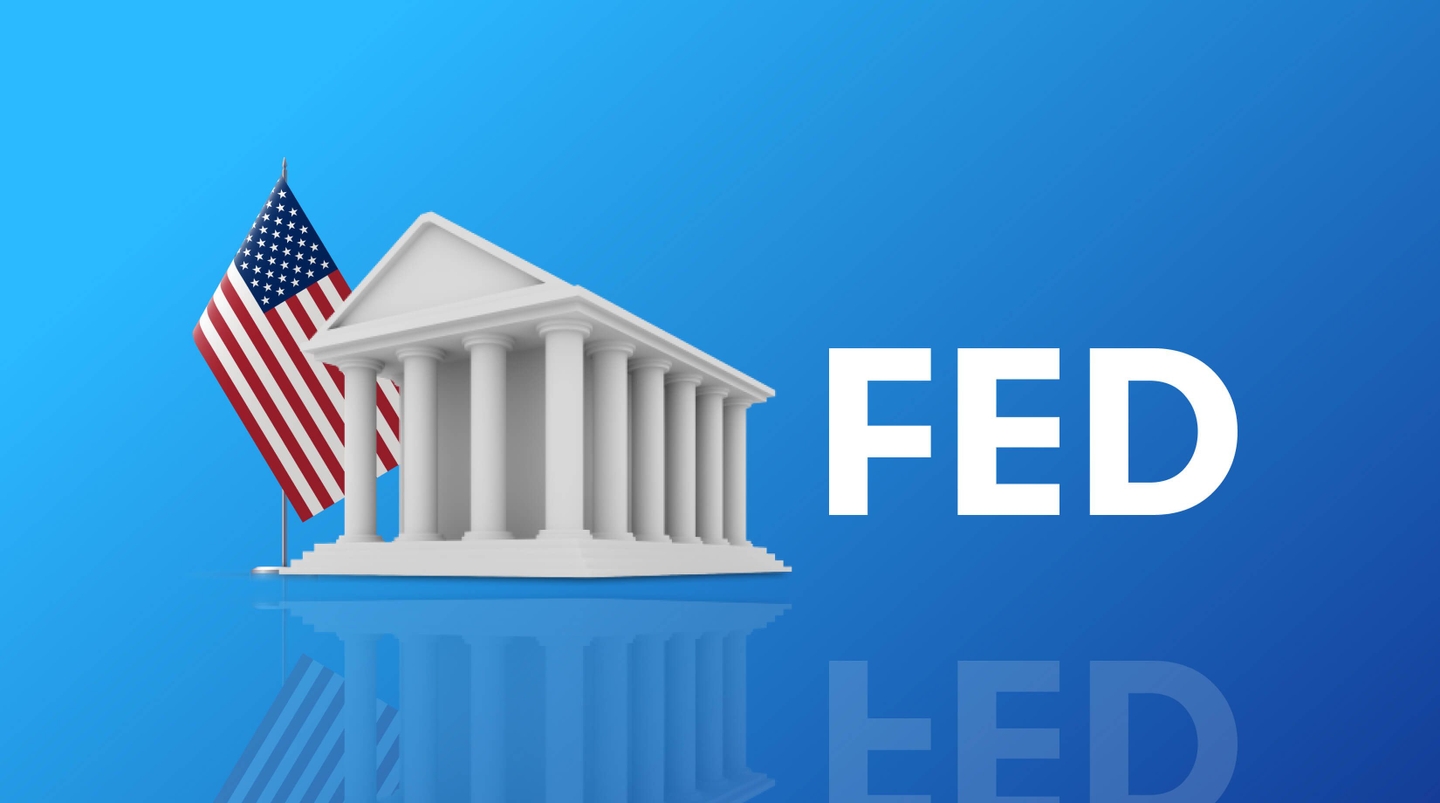It is that time of the month where investors turn their attention to Central Bank interest rate decisions. The European Central Bank has already released their decision last Thursday, where they decided to hike the rates by 75 basis points. The market expects GBP/USD to experience high volatility as both the Federal Reserve and Bank of England is due to release their new rates later this week. The Pound has now fully corrected its “plummet” witnessed last month, but analysts are still skeptical about the Pound being able to maintain momentum in November and December.
The main talking point of last week was the decline in the US Dollar. The national currency of the US saw the strongest decline recorded since May, largely triggered by poor US economic data, interest rate hikes elsewhere as well as rumors of the Fed potentially pivoting from its policy.
The weakening of the US Dollar led to a surge in the price of commodities such as crude oil but also other asset categories including the stock market. The question now is whether the US Dollar will continue to decline? If the US Dollar attempts a correction it can lead to a change in sentiment towards these assets.
This morning, the US Dollar has slightly increased in value while the price of crude oil has risen by 1.20% due to further poor Chinese economic data, and potentially from the expected rate hikes.
GBP/USD
The GBP/USD remains in focus this week as the instrument has fully corrected and many are now asking whether the price will reach a resistance level. For sure the price is at a psychological level for traders, but the price condition will most likely be related to this week’s Central Bank decisions and comments.

GBP/USD 12-hour chart on October 31st
Economists have advised that they expect a 75 basis point hike from both Central Banks but a very different outlook from the US Chairman and the UK Governor. According to economist, Bilal Hafeez, the Federal Reserve will hike the rates by 0.75% but will not show any signs of pivoting and will remain hawkish for the rest of the year. Whereas, the BoE will hike by the same level but signal a slowdown. We can see here that the conference after the rate decision will also be vital for the pricing of the asset.
The BoE is more likely to take a dovish tone as the economy is at greater risk of falling into a recession. According to the UK Central Bank, the economy may shrink as much as 5% over the next year, which will definitely have a large impact on the employment sector as well as economic activity. Wherever, the US is not showing signs of imminently falling into a recession as it has only seen poor economic figures this month.
This week, the currency pair will also be influenced by Friday’s employment figures. The US will release their latest Unemployment Rate, NFP Figure and Average Hourly Earnings. The main thing investors will be monitoring is whether the US employment sector continues to slow. Last month, the NFP figure declined to 263,000 which is the lowest in 9 months. This week, the figure is predicted to decline further to aout 200,000 or 220,000. Traders that have gone long on the US Dollar will be hoping the figure comes in above 250,000 as a bear minimum. Though, even with a pressured employment sector, the Fed is unlikely to pivot just yet.
Quick Summary:
- The US Fed and BoE expected to raise interest rates by a further 75 basis points this week.
- The Fed is expected to remain hawkish while the BoE takes a more dovish tone.
- Investors await for this Friday’s NFP figures, hoping the US employment sector does not show further signs of slowing.
- The price of crude oil comes under pressure again from poor economic data in China.


